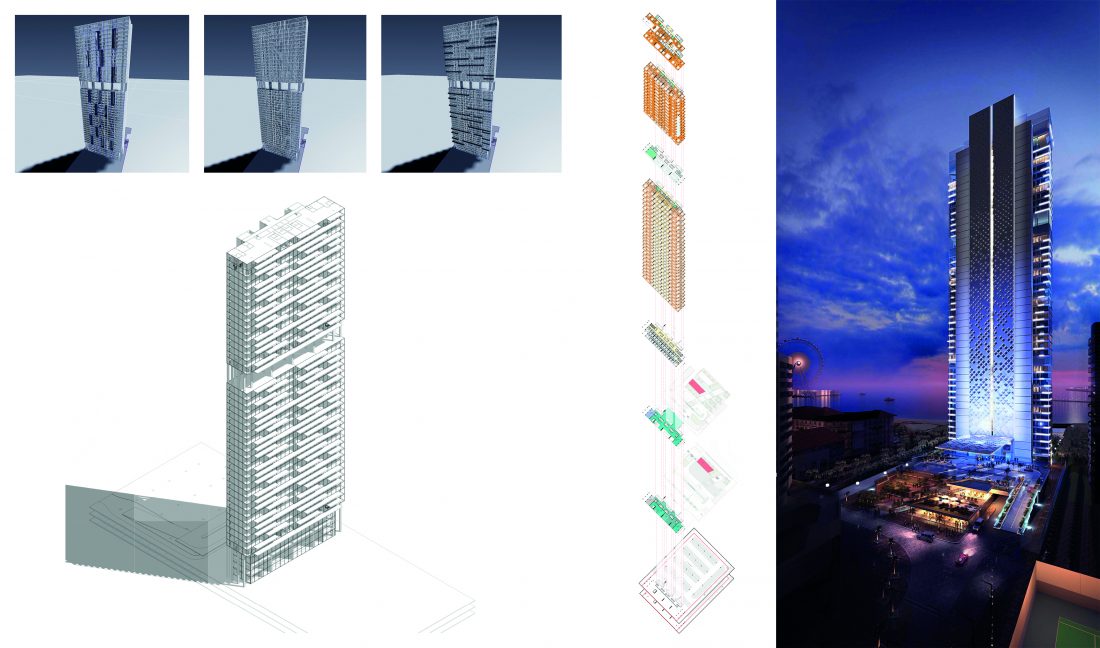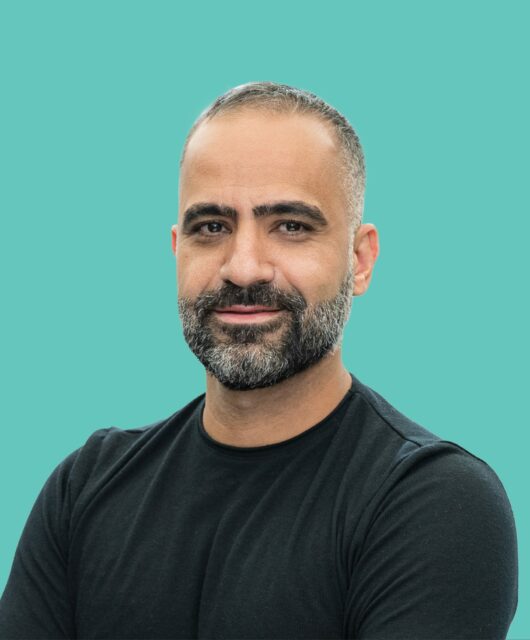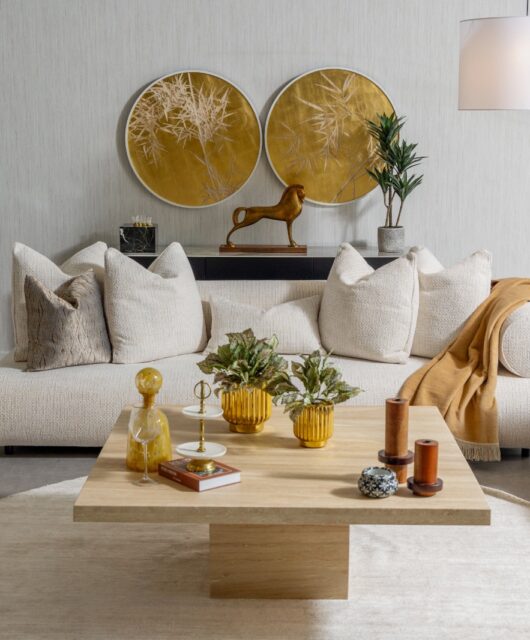Process is Everything
Ivar Krasinski is a founding partner and the design director of Edge, a boutique consultancy specialising in architectural, planning and interior design. He reveals how BIM software was used throughout its work on residential tower 1/JBR and outlines the procedures from concept to completion…
If necessity is the mother of invention, then process is the uncle. It applies to all fields of human endeavour in which methodology determines the outcome. In experimental science, controls ensure the result is reliable. In fitness, regimes are adjusted to achieve the desired result. The process is everything and this is also true of architecture.
Be prepared
A well-designed process enables people to consistently make the right decisions. On the other hand, a poorly designed one results in missed opportunities that even the architect doesn’t notice. Therefore, it’s crucial to design the process prior conceiving the project.
We live in an exciting age in which fantastic innovations occur several times a day. The impact of hardware and software on design outcomes is familiar to anyone who has participated in architectural projects over the past 20 years. What is often missed is a hierarchy of decisions, pre-arranged to ensure the optimal outcome for any given stage of the project.
As an example, consider a conceptual design. Creating a unique door jamb detail may be the right thing for certain projects, but spending the team’s time on working out details while walls are still moving by metres in the beginning of the design is wasteful, and has an adverse impact on the project. It makes the work hours input into the project ineffective. In addition to this, spending time on the wrong items reduces the number of options considered. It all means a less than optimal result.
How so? For any given project there is a finite timeline. Even if flexing the delivery dates and letting them slip, we hopefully all agree that no project can go on forever. For any given team there is a maximum number of worker hours available. Every bit of time spent has an impact on the client’s bottom line. It can be either positive or negative. An inefficient design, or one that costs too much, can destroy a project’s financial model and feasibility. At the other extreme is a design process in which data is closely tracked and that enables adjustments to be made.
It becomes evident that the proper use of the available time is crucial to a project’s success. BIM, in itself, is no longer that unusual. What is crucial is the way it is implemented in the design process. The 1/JBR project became a BIM one immediately after the napkin sketch stage. It might not seem like a big deal, but if we consider the way most firms typically use BIM, this approach differed vastly.
In general, unfortunately, today most projects are modelled in BIM after the last stage – design development – begins. Until then, the team works in inaccurate 3D models or, even worse, 2D design software. This means statistics aren’t tracked at the crucial time when the biggest decisions are being made. Such a process wastes a lot of BIM’s potential to sharpen the pencils early on and contribute to the making of better pre-concept decisions.
Pre-concept and concept
It is understood by some that a project’s success depends on a strong pre-concept or, at the latest, the concept stage. Making the wrong big moves early in the design process can quickly result in a project that underperforms or fails entirely. It all leads to the conclusion that it is important to have some statistical feedback right from the start, optimising a building’s areas, construction methods, façade design, parking and construction cost. A price that’s too high can quickly cause a project to end, or, if it’s too low, result in a design which doesn’t meet the expectations of any given market segment, leading to poor sales. 1/JBR is a 46-storey building in an incredible setting, with views over Blue Waters, Dubai Eye, Skydive Dubai and The Palm, Jumeirah. It was crucial that views to these points of interest were maintained as much as possible, and while the project aims high regarding market segment, the costs had to be controlled while maintaining the maximum quality.

1/JBR has overcome all these challenges, due to the use of BIM right from the start. The modelling process began with multiple options and iterations of each option. These alternatives were continuously tracked, keeping all views, areas, quantities and costs constantly in check. In the beginning, the team explored a range of options, of which some were more flamboyant than others. Models started off very modestly, with a minimum representation of each idea. Instead of trying to solve every design to a high level of detail, the options were continuously adjusted to ensure overall optimisation. At the end of this pre-concept stage, all options contained clear information about the key parameters.
The schematic stage
At the schematic stage, the model gained a lot of detail, allowing even more accurate area calculations and cost estimates. Its size at this point exceeded 250Mb, meaning that had it been contained within a single file, it would have been almost impossible to work with.
The high volume of data crunching the server required with each adjustment necessitated the use of work sets – a term meaning that the parts of one central model are opened in partially or entirely separate models for architecture, interiors, façade, structure and MEP. In this way, any one model can be edited it and parse the data is significantly reduced. Work sets were used to prevent professionals from different disciplines from editing each other’s files, ensuring the design remained intact and could only be modified by each expert team. This was significant because one of the largest time wasters in BIM is the unintentional changing of one part of the model while trying to work on another by persons who aren’t familiar with what the other specialists in the team may be doing.
“Working out details while walls are still moving by metres is wasteful”
Detailed design
Having a lot of the small variables locked in at the end of the schematic stage enabled the team to use the detailed design stage to examine the design in minute detail, optimising the model with every step. The detailed design stage consisted only of detailing the agreed scheme, rather than scrambling frantically to improve the numbers. 1/JBR is soon going to rise out of the ground.
When visiting the finished product, the building will show clear evidence of an efficient design process, thanks in large part to the use of BIM in the earliest stages. The interiors are clean, minimalist and elegant, while the exterior creates an iconic presence in the area. In conclusion, I strongly recommend that designers put their schemes into BIM as soon as possible. The improved decision making and efficiency resulting from this approach allow the creation of a well-tailored building. Everyone will be doing this in a few years’ time. I encourage everyone not to wait but rather to implement BIM in the earliest phases – starting today.







